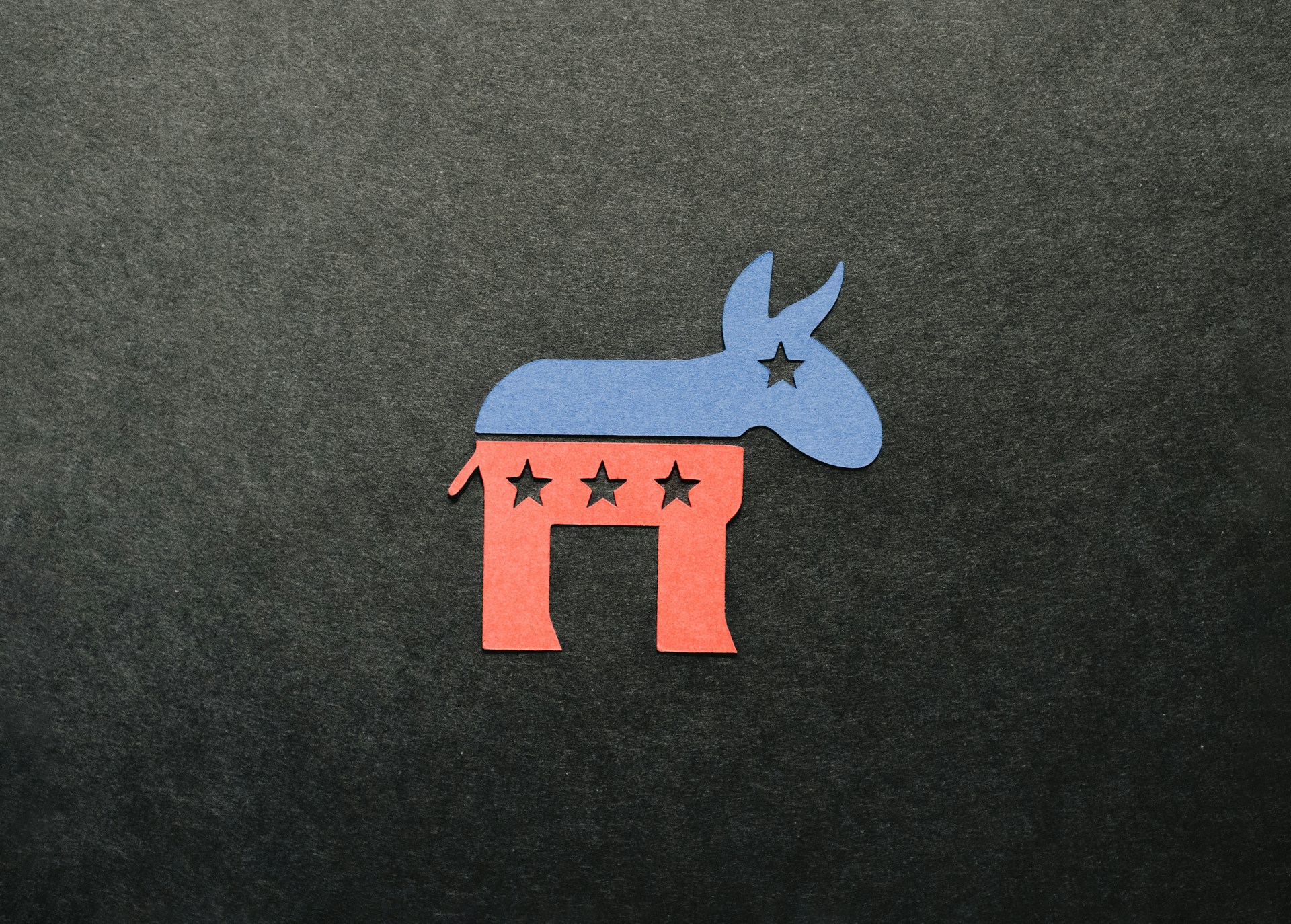On the CTV landscape:

Tim Sleath, VP of Product Management
“We can expect to see two main themes in 2022 in the advanced TV space. First, brands are becoming more comfortable leveraging CTV and expecting more from their advertising on this channel, and the second theme will be changes emerging in the broader channels. We’re going to see maturity coming to CTV buying, with transparency and control coming to the buying process in a way that hasn’t existed up to now – this will mainly take the form of updates to OpenRTB for things like ad pod and content parameters.
This clarity in what’s being bought and accompanying fraud reduction will encourage brands to push further into CTV/OTT and drive more streaming services to open up in different markets.”
(Originally published in ExchangeWire)

Penelope Lima, Senior Director, Global Supply Strategy
“The CTV ecosystem is already the fastest-growing video platform, but it’s still primitively evolved compared to TV or in-stream video. In 2022, we expect that CTV penetration in Europe will reach 65% across the Big5 (France, Germany, Italy, Spain, and the United Kingdom).
AVOD platforms will expand globally and will represent 80% of the CTV growth. To offer more consistent data on CTV, audience and measurement platforms will increase their efforts in this direction.
Households will form the main privacy post-cookie solution of 2022. Brand Safety will be one of the key topics as well.”
(Originally published in ExchangeWire)
On AVOD:

Amer Attyeh, Managing Director – MENA
“In 2022, the focus of brands and marketers will shift toward unlocking the power of advertising across video on-demand. All views will no longer be seen the same and treated equally. As we start to see video ads positively impact lower funnel KPIs (as a result of an ad viewed by the right person, in the right mood, and the right time), attention will make a comeback as a highly valued currency.”

Matt Keating, Sales Director – UK
“No doubt, the rise of AVOD is proving to be a challenge to the status quo. Broadcaster video-on-demand (BVOD) from the ‘traditional’ broadcasters previously shared dual dominance alongside SVOD – but 2022 will see all three vie for the attention of consumers. In order to ensure that audiences are captivated, advertisers need to think about how AVOD on CTV devices can play a role in their wider advertising strategies. For example, broadcasters are starting to invest in CTV. Pluto TV has sought to capitalize on out-of-home (OOH) potential, employing a more cross-channel approach to maximize reach across devices.”
On how brands can build greater trust with consumers:

Jim Johnson, VP of Account Planning
“2022 will be the year that trust in digital media and advertising makes its comeback. The triumvirate of choice, content, and video will be key in tipping the value exchange between digital marketers and consumers back toward a state of equilibrium.
The current state of trust in media brands and digital advertising formats is dire, with an average trust rating across online channels of just 11% according to Kantar’s recent Media Reactions report. Social media was cited as the least trustworthy form of digital media — not surprising given recent press around data privacy and revelations of questionable practices. Marketers also have more trust in the ads and channels they buy compared to the consumers who view those ads.
This disconnect occurs when the goals of each respective side are misaligned, with marketers seeking media efficiency and reach, while consumers seek access to content with a low tolerance for repetitive or intrusive ad formats. Perhaps this is why linear and streaming TV ads were deemed the most trustworthy. Appearing alongside vetted, peer-reviewed, and self-selected or curated content is likely lifting these formats to the top of their respective rankings.
Bridging the trust gap requires marketers to approach the idea of value exchange differently. Replacing high-frequency, low-impact banners or pre-roll videos with user opt-in or self-selected video ads is one way to empower consumers with choice. Adding expert third-party content or reviews to your advertising is another way to add credibility versus self-promoting your product or service. But perhaps the surest way to evoke a sense of trust in consumers is to treat them like they are already customers.”
(Originally published in Street Fight)
On mobile:

Tim Sleath, VP of Product Management
“2022 for mobile will continue to be dominated by fallout from in-app targeting, as Android finalizes its equivalent to iOS’ AppTrackingTransparency framework. For mobile web, as on desktop, there will be the continued work on life after the 3rd party cookie. Additionally, the mobile device will strengthen its role as the interactive screen in a CTV-enabled household, so it will be interesting to see how mobile out of the home can be linked to household media consumption and advertising impact. Lastly, with a more widespread rollout of 5G, we can expect richer experiences for users in terms of ads that leverage functionalities like augmented reality and the now-ubiquitous QR code for linking online and offline contexts.”





